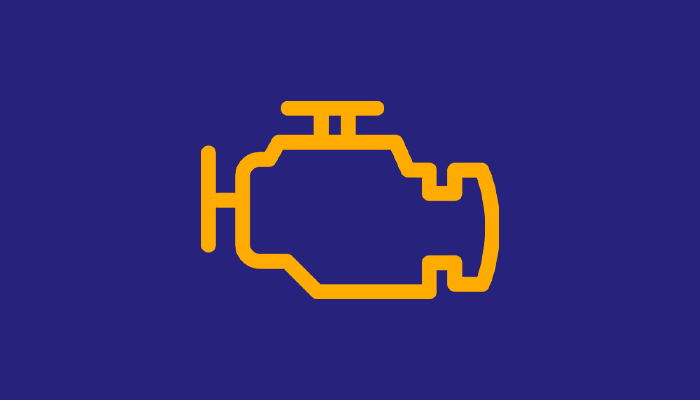Introduction
The P0442 trouble code is associated with the Evaporative Emission Control System (EVAP) in vehicles. When your vehicle’s onboard diagnostics system detects a small leak in the EVAP system, it triggers the P0442 code.
In this comprehensive guide, we will delve into the intricacies of the P0442 code, its causes, and symptoms, and provide a step-by-step approach to fixing it.
Understanding P0442
1. What is the Evaporative Emission Control System (EVAP)?
The EVAP system in a vehicle is designed to capture and store fuel vapors that would otherwise escape into the atmosphere. It plays a crucial role in minimizing harmful emissions and ensuring compliance with environmental regulations.
2. How Does the EVAP System Work?
The EVAP system typically consists of a network of hoses, valves, and a charcoal canister. During certain driving conditions, the system purges the stored vapors into the engine, where they are burned along with the fuel mixture.
3. P0442 – Small Leak Detected: Causes and Symptoms
3.1 Common Causes of P0442:
- Loose or damaged gas cap.
- Cracked or damaged EVAP hoses.
- Faulty EVAP canister.
- Malfunctioning purge valve.
- Leaks in the fuel tank.
3.2 Symptoms of P0442:
- Illuminated check engine light.
- Gas odor near the vehicle.
- Decreased fuel efficiency.
- Increased emissions.
Diagnosing P0442
4. Using OBD-II Scanner for Diagnosis
To diagnose P0442, you can use an OBD-II scanner to retrieve the trouble codes and gain insights into the specific components triggering the issue. Carefully note down the codes and freeze frame data for a more accurate diagnosis.
5. Visual Inspection of EVAP Components
Perform a visual inspection of the EVAP system components, looking for damaged hoses, loose connections, or signs of wear. Focus on the gas cap, hoses, canister, and purge valve.
6. Smoke Test for Leaks
A smoke test involves introducing smoke into the EVAP system and observing for any visible leaks. This method helps identify hard-to-detect leaks that may not be visible during a visual inspection.
Fixing P0442
7. Tightening or Replacing Gas Cap
One of the simplest fixes for P0442 is ensuring that the gas cap is tightly sealed. If the cap is damaged, it should be replaced with a new, properly fitting one.
8. Replacing Damaged Hoses and Components
Identify and replace any damaged or cracked EVAP hoses, as well as malfunctioning components like the purge valve or canister.
9. Repairing Fuel Tank Leaks
If the issue persists, inspect the fuel tank for leaks and repair or replace it as needed.
Preventing Future P0442 Occurrences
10. Regular Maintenance
Perform regular checks on the EVAP system as part of your vehicle’s maintenance routine. This includes inspecting hoses, the gas cap, and other components for wear or damage.
11. Addressing Check Engine Light Promptly
If the check engine light illuminates, address the issue promptly to prevent further damage to the EVAP system and ensure compliance with emissions standards.
Conclusion
In conclusion, P0442 can be a concerning issue, but with a systematic approach to diagnosis and repair, it can be effectively resolved.
Regular maintenance and prompt attention to warning lights contribute to a healthier and more efficient EVAP system, promoting both environmental sustainability and optimal vehicle performance.
